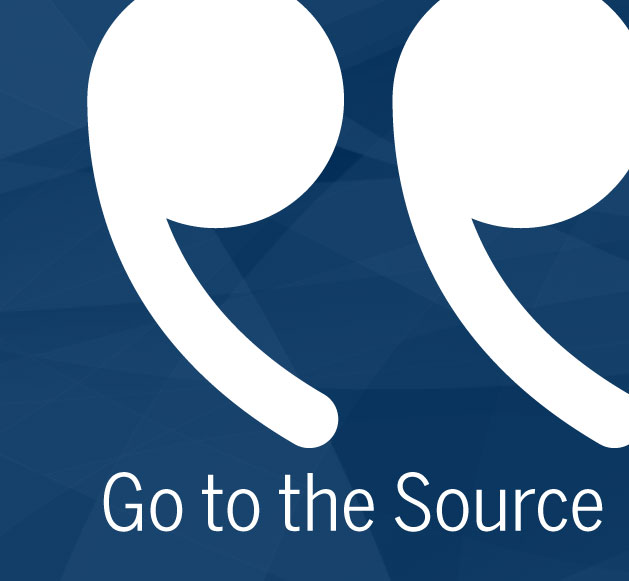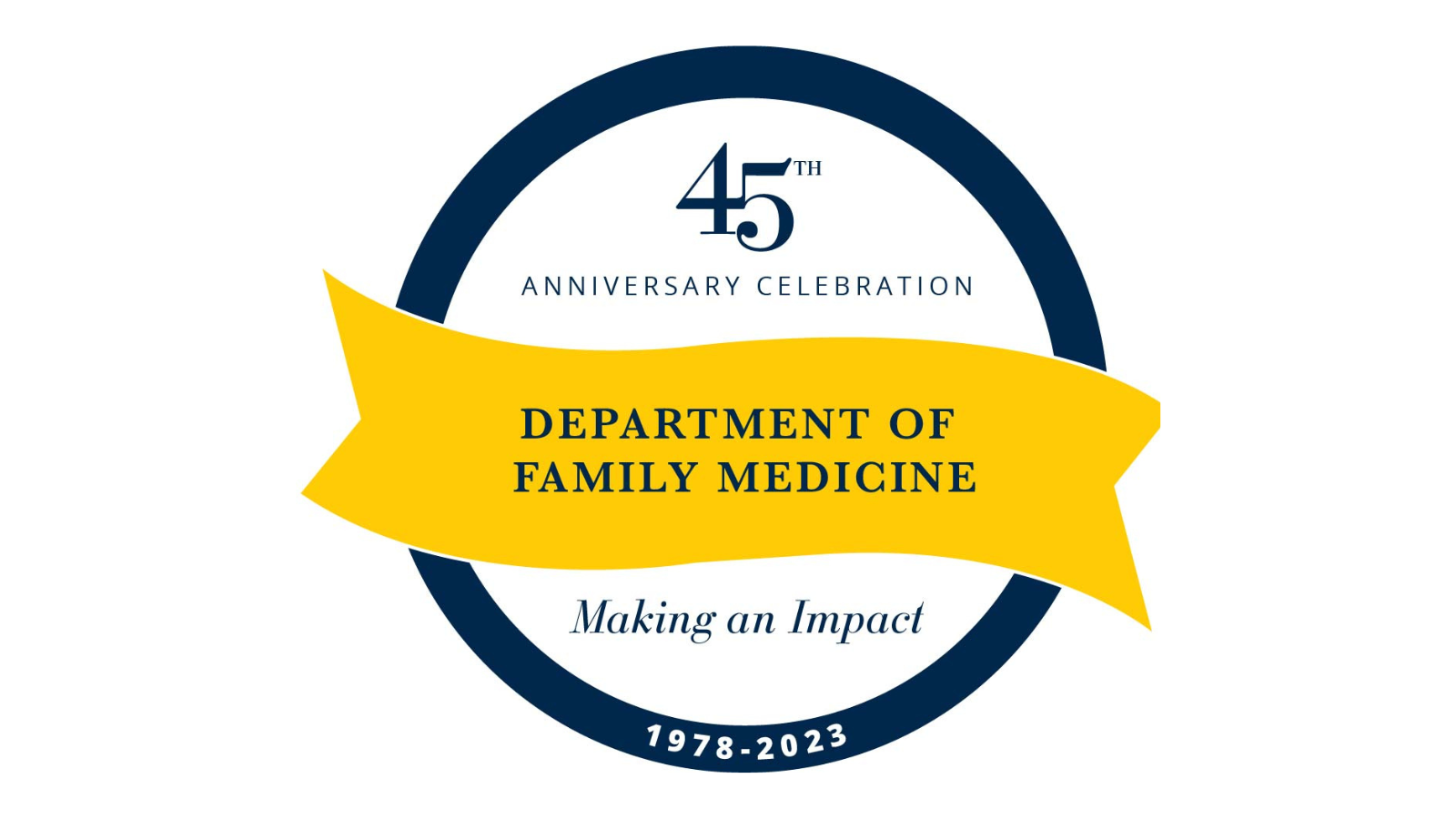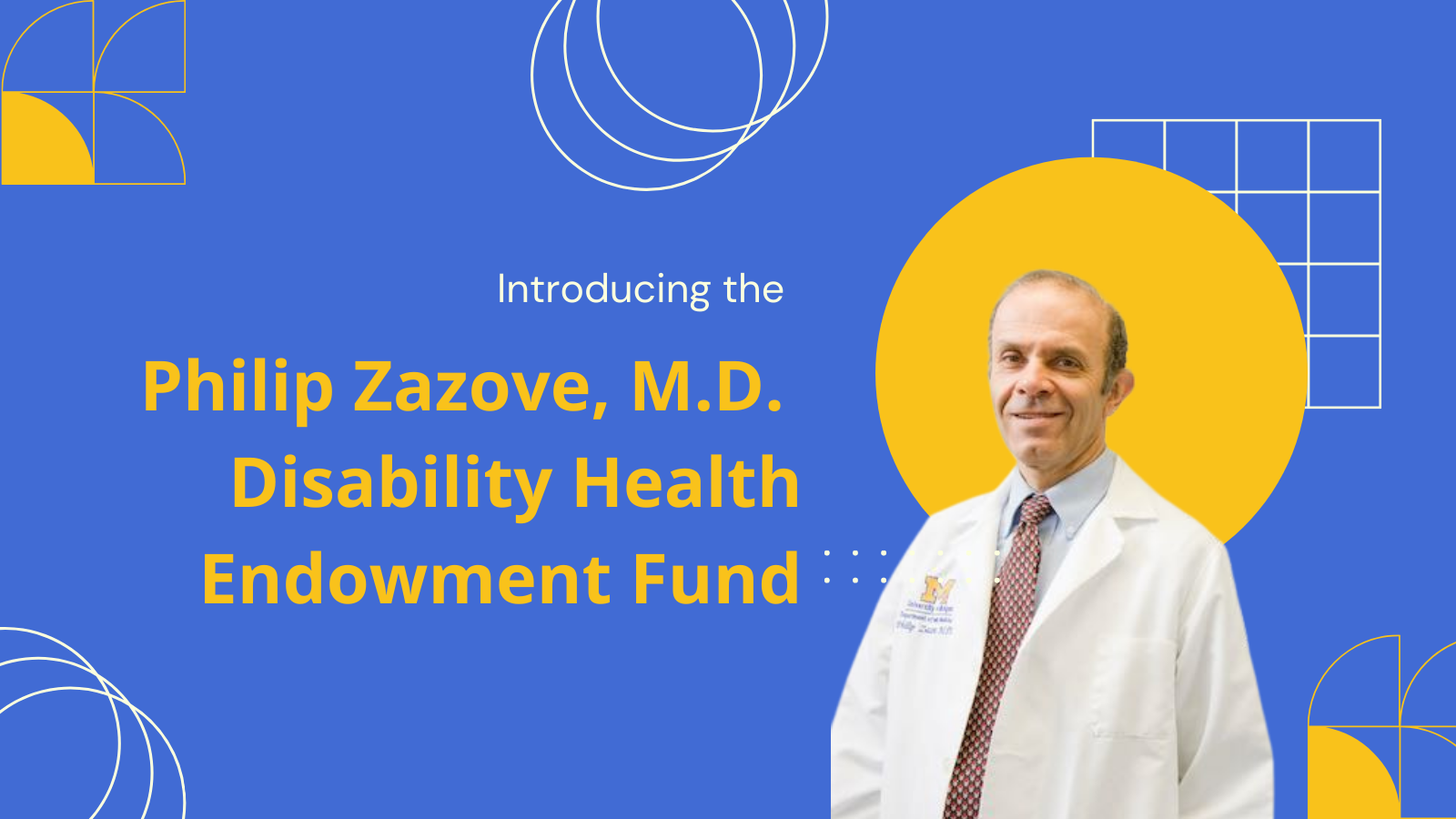Active shooter drills in schools have a negative effect on students’ emotional health and yield questionable results, according to new research from the MyVoice national poll of youth.
The study, published in the current issue of Journal of Adolescent Health, used MyVoice, a national open-ended text-messaging poll of young people ages 14-24 sharing in their own words their experiences and opinions on salient policy issues.
About two-thirds of the poll’s respondents indicated their school had either active shooter or other types of lockdown drills. The majority mentioned hiding, but only about 7% reported experiencing drills that follow national recommendations of “Run, Hide, Fight.”
While 56% stated that drills made students more prepared for an active shooter event, there was a lack of consensus over whether they make schools safer—60% reported feeling unsafe, scared, helpless or sad as a result of experiencing active shooter drills.
“Our work and numerous recent news articles suggest that active shooter drills come with high emotional costs to youth,” said lead author N’dea Moore-Petinak, a doctoral candidate at the U-M School of Public Health.
“The large number of youth in this study who noted the negative impact of drills on their emotional well-being suggests that school administrators, counselors and policymakers should consider strategies that prioritize students’ emotional health.”
Nearly two-thirds of MyVoice’s nearly 1,300 active participants responded to the survey. The researchers say enrolled participants must have access to a cellular device with text-messaging capabilities and are sent weekly questions via text-message. Participants were recruited through Instagram, Facebook and in-person community events to meet national benchmarks based on the American Community Survey.
READ ALSO: MyVoice explained two ways, in TED talk and a new protocol publication
Firearm-related mortalities have been on an unprecedented rise in the United States over the past two decades. In 2018 alone, there were 27 mass shooting incidents—five of them in educational settings, resulting in 29 deaths and 50 wounded. However, debates over classification and analysis issues suggest that the numbers may be higher.
“Ultimately, the negative impact and questionable benefit noted by youth in our study suggests a need for improvement in policies surrounding active shooter drill methods,” said senior author Tammy Chang, M.D., M.P.H., M.S., assistant professor. “School administrators, counselors, health care providers and policymakers should focus on establishing evidence-based procedures that ensure effectiveness and address the emotional well-being of youth.”
READ ALSO: Chang’s research leveraged in new National Academy of Medicine report
Article Citation: Moore-Petinak N, Waselewski M, Patterson BA, Chang T. Active Shooter Drills in the United States: A National Study of Youth Experiences and Perceptions. Journal of Adolescent Health. 2020. doi:10.1016/j.jadohealth.2020.06.015.



